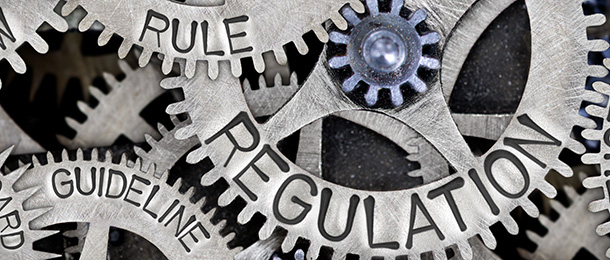The federal government has incorrectly interpreted how the non-arm’s-length income (NALI) provisions operate in setting out its proposed solution to address non-arm’s-length expenditure (NALE) breaches and is constrained by law in applying a tax of no more than 45 per cent, according to a national accounting firm.
BDO made the claim in a submission to Treasury following the release of the governments NALE consultation paper, stating Australian tax law already had provisions designed to prevent income being channelled into superannuation to side-step applicable non-concessional rates of taxation and taxing it at the top marginal rate.
However, the firm also noted those provisions set the level of taxation and that an objective test must be satisfied in order for the NALI provisions to have application.
“The provisions do not make an amount assessable, but rather apply to determine the rate of tax an otherwise assessable receipt may suffer by determining whether that amount forms part of the non-arm’s-length component of the taxable income of a complying superannuation fund,” the submission stated.
“The Income Tax Rates Act 1986 taxes the non-arm’s-length component at 45 per cent.
“The provision essentially requires the commissioner to posit an alternative scenario, a hypothetical scenario, to be compared with what actually occurred in ascertaining whether non-arm’s-length income has been derived.
“That is, even if the parties have not been dealing at arm’s length, has more money been channelled into a superannuation fund than otherwise would have been the case?
“If this question cannot be answered in the affirmative, the provisions have no application, in effect no mischief has been occasioned by the non-arm’s-length dealings.”
Given this, BDO stated that where the provisions apply, and in line with them, the tax commissioner is only required to determine NALI, which would be subject to the top marginal tax rate contained within the Income Tax Rates Act 1986.
As such, it said the proposed measures contained in the consultation paper were “fundamentally misconstrued” and questioned how a NALE amount should be subject to a tax rate of 225 per cent instead of 45 per cent.
“There should be symmetry between the taxation treatment of NALI and NALE. To do otherwise introduces significant distortions in the tax system that have no basis in rational tax policy decision-making,” it said.
“In our view the NALE amount should be the absolute amount of the undercharged expense, not some arbitrarily determined multiple of that amount.”




